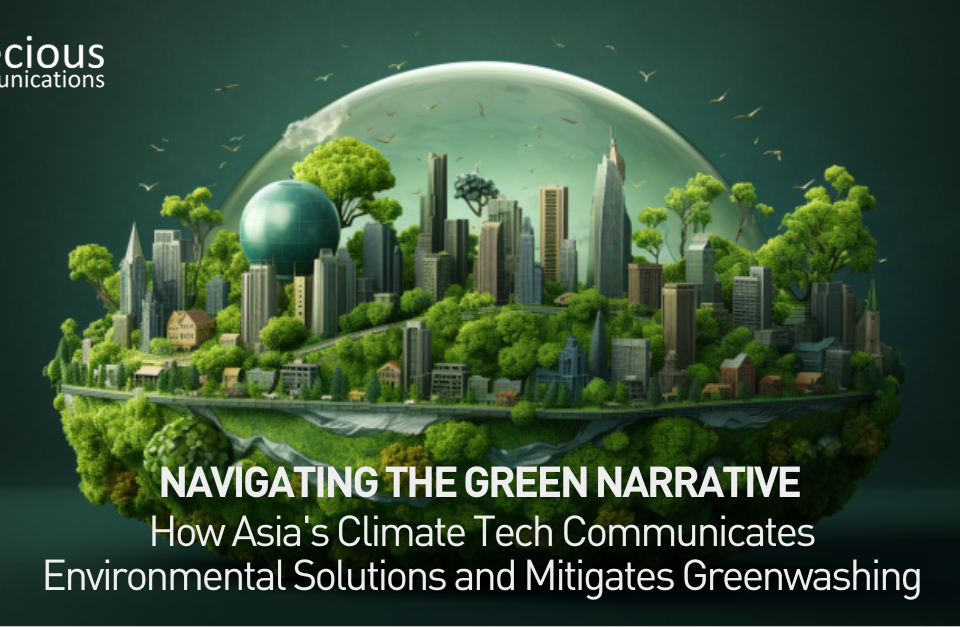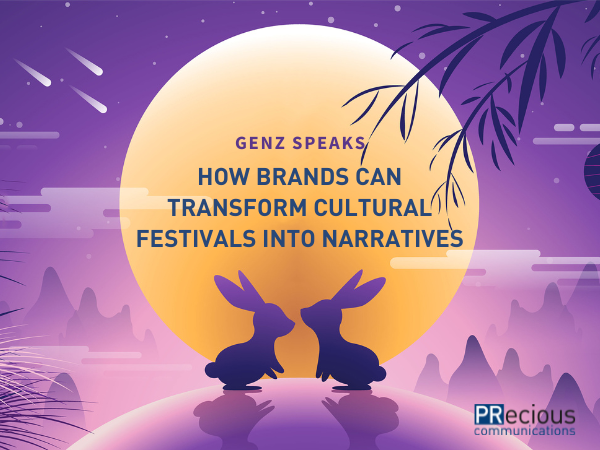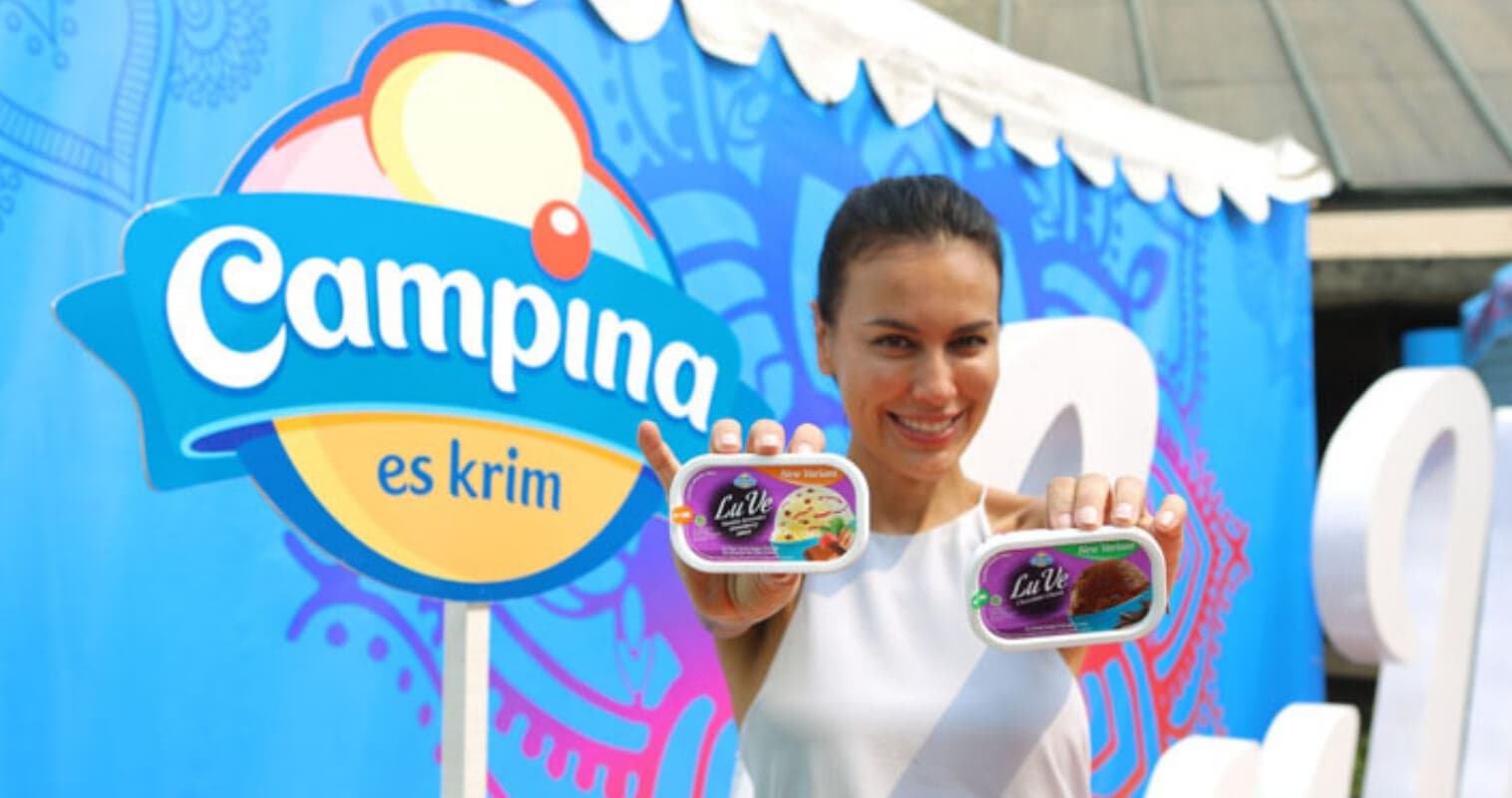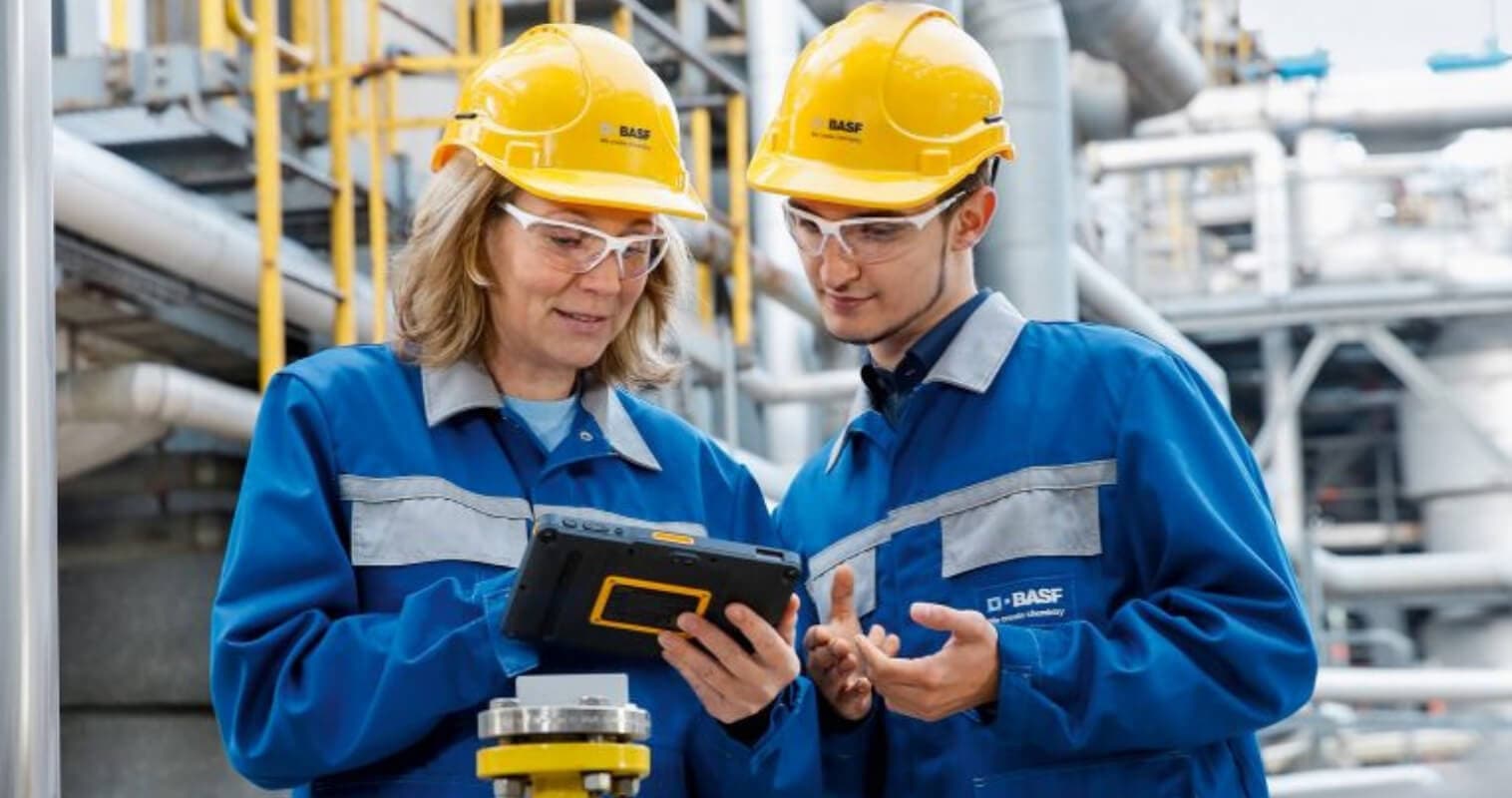Webinar Fatigue – How Can You Resolve This?

GlobalCom PR Network Appoints Lars Voedisch as the New Board Director
September 17, 2020
Intern Diaries: Keeping Productivity Levels Up While Working From Home
October 5, 2020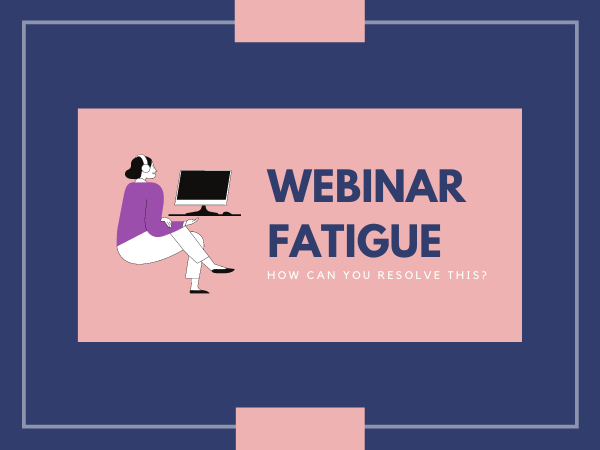
The number of B2B brands promoting webinars in the United States grew by 36 percent, between February to March 2020, according to Statista. This is just one of the many ways COVID-19 has impacted the global economy. It is astonishing how COVID-19 has led to the accelerated adoption of digital technology across various industries. With countries around the world enforcing lockdown and quarantine rules (Singapore implemented the circuit breaker for instance), the community has started to take digital mediums seriously. Businesses today hold regular meetings, conferences, training and events virtually.
But there is such a thing as webinar fatigue: With everyone trying to have a slice of the virtual stage, how can an organisation make its webinar stand out? Here are some insights the PRecious team would like to share, after running the Southeast Asia Connect Webinar and Podcast Series, a bi-weekly webinar designed for Southeast Asian startup founders and investors held in collaboration with North Ridge Partners.
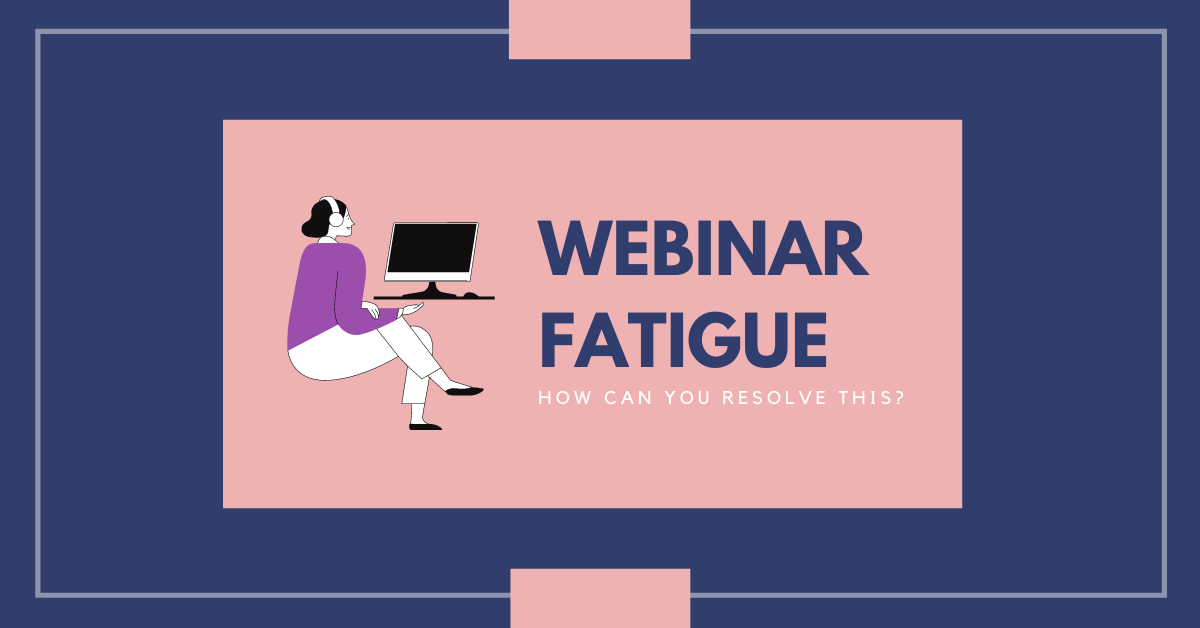
What is a webinar
By definition, a webinar is a seminar conducted via the internet. A webinar enables you to host a virtual meeting or share your presentation without needing to be physically present in the same place as your audience. Your audience can tune in at the comfort of their homes or wherever they want to attend the webinar from. They can use different devices – laptops, desktops, mobile devices – to access the webinar. Webinars are mostly utilised for business-related purposes: Webinars can be used to host internal team meetings, especially if your work requires you to connect to foreign offices remotely.
Surge in the use of webinars
Webinar usage has gradually increased as the COVID-19 pandemic raged on, with webinars serving as an effective tool to engage with stakeholders, given a dearth in physical events. If you look at your social media feed today, especially LinkedIn, chances are that you will find multiple webinar announcements and live streams. On Facebook, users have found ways to sell goods through auction and watch parties. Nowadays, most webinar topics revolve around how COVID-19 has disrupted businesses. Most webinars today focus on sharing tips and tricks on how to adapt to the current situation. Such topics can be extremely useful. Amidst the COVID pandemic, webinar organisers, moderators and speakers are going through a learning curve. They have to be hands-on in resolving issues such as technical glitches, sound and lighting issues, program flow, etc. And oftentimes, organisations need to keep do a lot of retakes to make sure that their webinars are in a good form. Before the pandemic, organisations would most likely have a professional technical team to ensure that everything is in check.
Webinar fatigue
On average, 57% of marketers run 50 webinars per year, which is approximately 4 webinars a month. The cycle begins from sending webinar invites and promoting webinars on social media to actually hosting a number of webinars in a month. Webinar fatigue is a new term that is often associated with an overall feeling of tiredness or lack of desire towards webinars.
Solution
- Empathy: While a webinar is an excellent platform for marketers to generate leads, drive promotion messages and get coverage in the digital space, marketers have to put themselves in the audience’s shoes. They have to be more empathetic and understand their audience’s needs better.
- Do more with less:. Research shows that the audience is only prepared to commit to one webinar per week. Your audience may have interest in various types of webinars, not just the ones that you offer within your industry, and success comes down to quality rather than frequency. Hosting just one to two webinars a month can generate a lot more impact than you think – if done strategically.
- Beyond 60 minutes: The success of a webinar hinges on the organisers’ ability to promote the webinars pre-event to get sign-ups, and articulate “why” people should attend a particular session. A good webinar serves as a soundboard for a lot of good branded content, providing soundbites and a slew of bite-sized content which can be used for social media posts.
- Network effect: Inviting guests to your webinar not only excites existing viewers but also opens up your webinar to the professional network and community of your guest speakers. Having them promote your webinar on their social channels can go a long way in getting new, qualified sign-ups for your session.
Allow yourself to spend more time to understand better how to promote webinars, and differentiate how your webinar stands out from the pack. Focus on how you can add value through your content, while devising tactics to engage your audience and keep them wanting more of your webinar.
\
